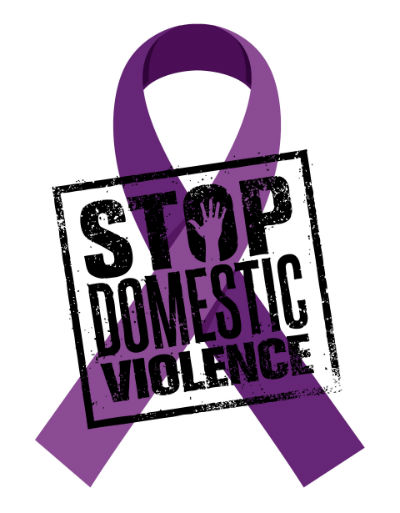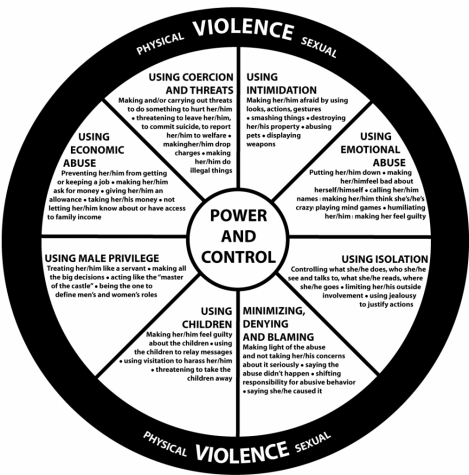Raising Awareness for Domestic Violence
October is domestic violence awareness month

Courtesy of Charles R. Ullman & Associates
October 30, 2018
Acros the country, October is Domestic Violence Awareness Month, and during this time both advocates and survivors alike are spreading awareness and sharing their stories.
According to The National Domestic Violence Hotline, Domestic violence is a pattern of behaviors used by one partner to maintain power and control over the other partner in an intimate relationship. Other terms used to describe domestic violence are intimate partner violence, domestic abuse or relationship abuse.
There are many warning signs of domestic violence. According to The National Domestic Violence Hotline warning signs include physical harm, instiling fear, preventing a partner from doing what they please and forcing them to act in ways they do not wish. Some more subtle signs include extreme jealousy towards a partner’s friends, keeping them from spending time with friends and family, making decisions for a partner, preventing a partner from working or attending school or using put-downs. More warning signs can be seen in the “Power and Control Wheel.”

Domestic violence knows no bounds and effects not just women but men too. Victims and perpetrators are from every race, religion, economic and social status and degree of education.
According to the National Coalition Against Domestic Violence, 20 people per minute are physically abused by a partner in the United States on average. Equalling more than 10 million men and women who are victims of domestic violence. One in three women and one in four men have experienced physical violence at the hands of an intimate partner. Of the men and women ages 18 and older, one in seven men have experienced severe physical violence while one in four women have dealt with the same. One in ten high school students have experienced from a dating partner in the past year according to The National Domestic Violence Hotline.
There are multiple organizations and campaigns people can contribute to in order to help spread awareness.
Verizon has launched their HopeLine with the #VoicesHavePower campaign. For every message sent containing #VoicesHavePower submitted through their website or texted to #94079, Verizon will donate $3 to help prevent domestic violence. Another campaign is the “It’s On Us” campaign which is specifically designed to prevent sexual assult. The idea of the campaign is to pledge to protect women and men safe from sexual assult by intervening in situations where sexual assult is occuring.
The two biggest campaigns are the “Break the Silence: End the Violence” campaign and the #ThatsNotLove campaign. The goal of the “Break the Silence: End the Violence” campaign is to get more people talking about domestic violence so it is no longer such a taboo subject. This way more people can be comfortable sharing their stories and getting help. Meanwhile the #ThatsNotLove campaign is made up of many videos entailing different signs of domestic violence commonly mistaken for love.
To help spread awareness doneate to domestic violence campaigns and intervene in any situation where domestic violence may be occuring.
To get help go to The National Domestic Violence Hotline website, call advocates at 1-800-799-SAFE (7233) or chat with advocartes on their website.







Debbie Taber • Oct 30, 2018 at 4:46 pm
I want to thank you very much for doing this it means a great deal to us and Junior as every year he try’s his hardest to raise awareness and also money to help move mothers and kids out of a abusive homes every dollar he raises goes to help the Vera House with supplies and to get moms and kids a new start Once again Thank you for bring awareness to those that have no clue how often it happens and that it can happen to any one at anytime or even any age